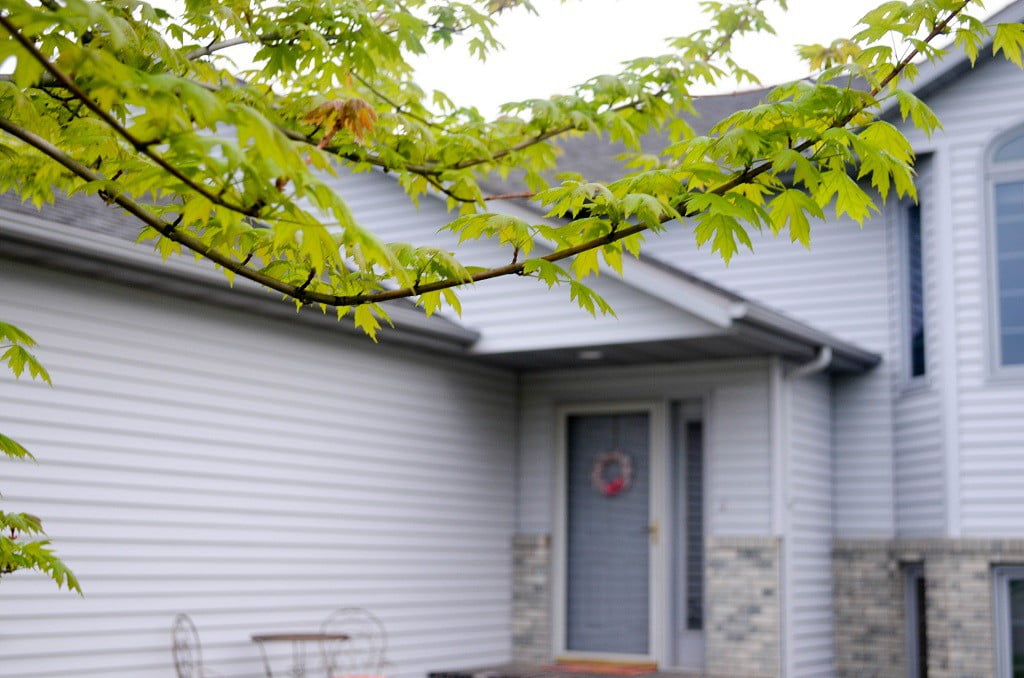As a homeowner, you may have questions about coverage availability for property damage caused to your home or those of your neighbors by wind and tree damage. Coverage may be needed for property repairs as well as debris removal.
In general, if a tree falls and strikes your home or any of the other structures covered by your homeowners’ insurance, that policy often covers the cost of repairing the damaged portions of the structure(s) and the contents inside. That’s true whether the tree is on your property or someone else’s; your policy should cover the losses regardless.
If a tree falls on your car, your auto insurance will cover the damage to the car, not your homeowners’ insurance.
[hr_invisible]
Who is Liable?
In some cases in which a fallen tree stood on the property of a neighbor, your insurance company will cover your damaged structure and then seek compensation from your neighbor’s insurance company via a process known as subrogation. Subrogation against your neighbor’s insurer is more likely in cases where the tree was poorly maintained or not in good health before it fell. If your insurance company succeeds in recovering the full costs associated with the loss in a subrogation claim against your neighbor, you may be entitled to reimbursement of your deductible.
[hr_invisible]
Debris Removal
When a tree hits your insured structure, your homeowners’ insurance policy is likely to also cover the cost of removing the tree, depending on the insurer and the type of policy you have. If a fallen tree doesn’t strike an insured structure (for example, if it falls directly into your yard, striking nothing until it hits the ground), your homeowners’ insurance is unlikely to cover that loss, so the removal of tree limbs or other resulting debris would not be covered. Exceptions may arise (and thus coverage may exist) if the fallen tree is blocking a driveway, roadway (if your municipality requires removal by homeowners), or wheelchair ramp.
It is important to keep your property’s trees in good health, and encourage your neighbors to do the same.
[hr_invisible]
Other Wind Damage
The most common cause of loss in the context of homeowners’ insurance is wind damage. In general, roofs, fences, and other parts of your property susceptible to wind damage are covered against losses by your homeowners’ policy. However, in some parts of the country, where hail storms, hurricanes, and/or high wind events are more common, your homeowners’ policy coverage may be subject to a higher deductible or a lower value estimation, or your claim of losses from wind-related damage may be prohibited entirely.
For more information specific to your policy provisions, talk to your agent about the scope of your insurance coverage for wind and tree damage.
Source: PIAND

